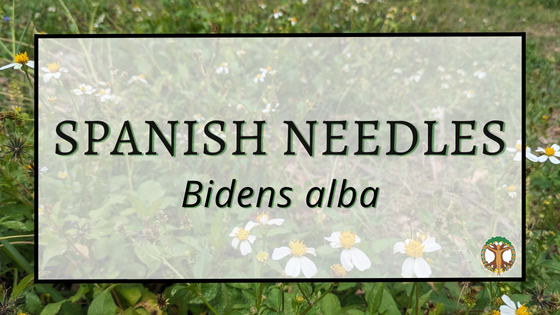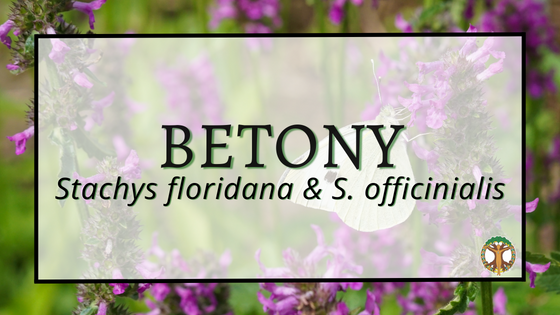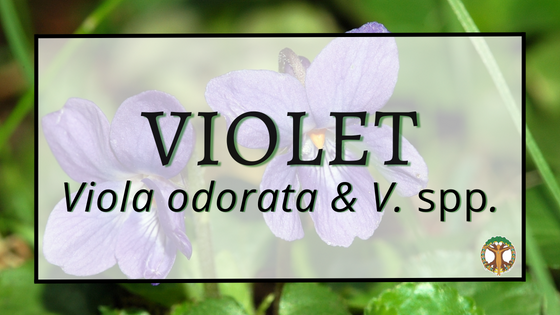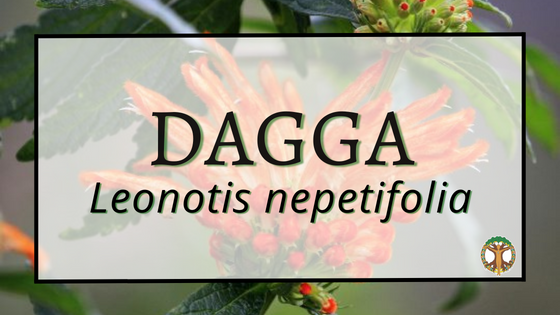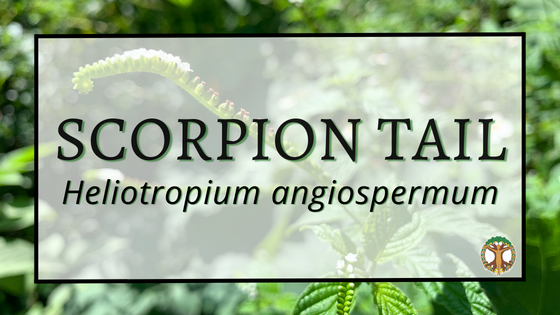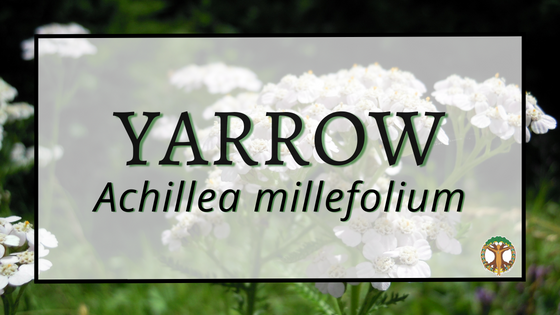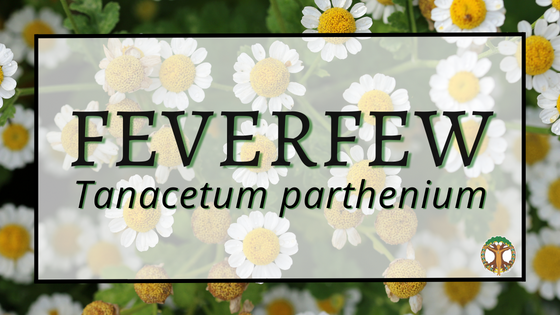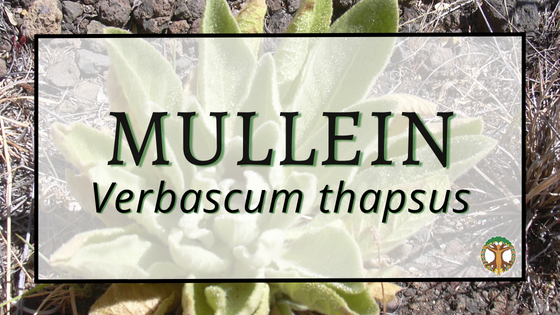-
Spanish needles
Not only is Bidens a medicinal powerhouse, but the flowers provide a nectar source for pollinators year-round. B. alba is one of the top sources for honey-bee nectar, behind only citrus and saw palmetto, and is also greatly used by our native bees like sweat bees and leaf-cutter bees.
-
Betony
FL betony is a perennial herb native to Florida whose range spans the Southeastern US.
-
Violet
This beloved garden plant not only delights us with the beautiful purple flowers of its namesake, but also offers us sweet, cooling, anti-inflammatory medicine.
-
Spearmint
There are hundreds of varieties of cultivars within the mint family, many of which are used for their pleasant taste and medicinal value. One such variety is spearmint; utilized for its stimulant, carminative, antimicrobial and antispasmodic properties, with a long history of use in soothing digestive upset (nausea, gas, bloating).
-
Dagga
Native to subtropical Africa, dagga does very well in our Central Florida climate. It has a sister, Leonotis leonurus, that looks very similar and is also heavily planted in Central Florida gardens.
-
Scorpion Tail
About 2 feet in height, native to the Central East Coast of Florida, and South Florida, as well as the Caribbean and Central America. In Central Florida Scorpion-Tail is a nice herbaceous garden plant, rarely becoming weedy.
-
Yarrow
The historical uses for yarrow, both for physical and spiritual health, are as plentiful as its common names (which include milfoil, plumajillo, Soldier’s herb, herba militaris, Knight’s milfoil, carpenter’s grass and nosebleed).
-
Feverfew
The feverfew herb has been used as an herbal remedy since Dioscorides in78 A.D. Feverfew was used to treat headaches, menstrual irregularities, stomachaches and all types of fevers.
-
Mullein
Mullein (Verbascum thapsus) is a prolific plant of European origin that grows abundantly in disturbed soils, roadsides, and meadows throughout most of the temperate United States. This biennial plant is most easily identified by its soft, fuzzy rosette of leaves - big furry leaves which are jokingly called "nature's toilet paper."
-
Rebirth of the Bodhi Garden
In 2020, The Florida School of Holistic Living home base relocated to Altamonte Springs, FL. We are no longer stewards of the Bodhi Tree Garden, but the history of our time in the garden remains alive on this page. On the very day of its planting ten years before, our beloved Bodhi tree gracefully yielded to Hurricane Irma’s easterly winds. It was as if the tree knew the storm may break it, and laid itself gently to nap through the worst of it. We felt a twinge of shock to see its uprooted end exposed, but quickly saw the humbling gifts it gave us: the tree fell beautifully intact in…


